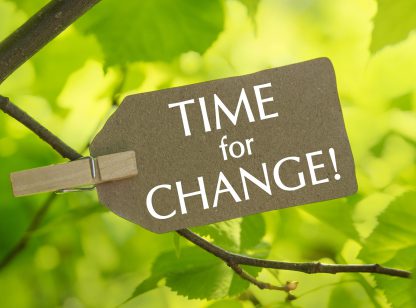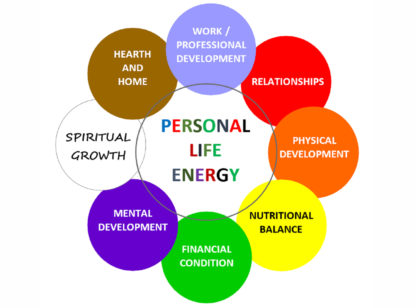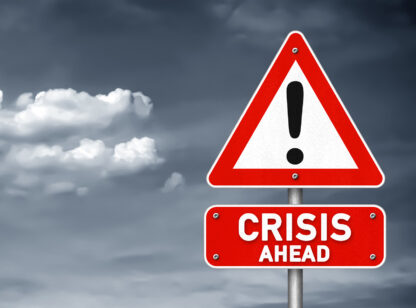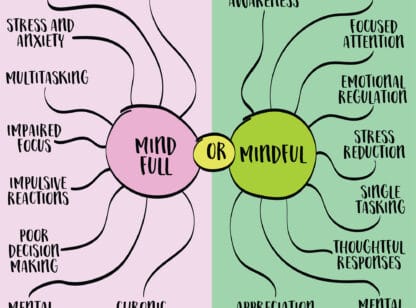When most people hear the word forgiveness, they grimace at the prospect of having to let someone off the hook who has caused them harm. Let’s face it – letting go of anger and resentment doesn’t come easily to most of us. However, holding on to it is harming only one person: ourselves.
It is common knowledge that our emotions produce chemicals that affect our body and our health. Many authors, including Louise Hay and Gabor Mate, have shown a light on the link between illness and negative emotions. While positive emotions open up our energy and enhance our health, negative emotions constrict our energy which can be very damaging; clinging to anger and resentment only poisons us.
What is the antidote? Forgiveness. As reluctant as we may be to pursue it, it is worth the effort to unleash the healing power it affords.
There are many myths and misunderstandings around forgiveness, so let’s take a look at what forgiveness is and what it is not.
Forgiveness is not condoning bad behavior. This is probably the number one reason why we resist forgiveness. There is an underlying belief that if we forgive, we are saying that what was done to us is acceptable. Nothing could be farther from the truth. We are simply freeing ourselves from living in the pain of the past.
Forgiveness doesn’t mean you have to forget. It is very unrealistic to think we could ever forget the harmful experiences we have had over the course of our lives. Remembering protects us from repeating painful experiences. However, we can remember those experiences without re-living the pain.
Forgiveness is a process. Forgiveness is a journey and may take some time to complete. All you need to do is make the commitment to forgive, and everything will unfold in the right way and time.
As a spiritual counselor, I have guided many people through the forgiveness journey. Here are three simple steps you can use if you are ready to forgive but don’t know where to begin:
- Set the intention to forgive.
- Write a “no-send” letter to the person you want to forgive. Write the letter, but don’t actually send it to the person. This letter is your opportunity to let it all out! There are no rules or restrictions, so express all your feelings. The purpose of this step is to completely release the negative energy you have stored in your body so you can empty yourself out.
- Then, write a second “no send” letter to that person telling them you are forgiving them for good and state that your energetic bond is now severed.
Always remember that forgiveness is an inside job. It will improve your health and well-being and bring you peace of mind. Enjoy the journey!
Rev. Dale Olansky is the co-spiritual leader at Spiritual Center of the Desert in Palm Desert and author of Fear to Faith: A Daily Guide to Finding Solace in an Uncertain World. She can be reached at revdaleo@gmail.com.



















































Comments (0)